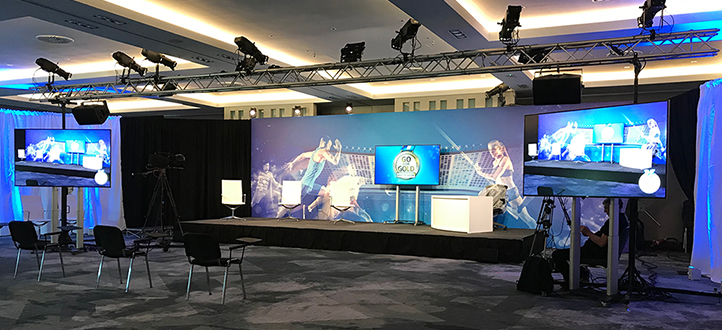One of the most groundbreaking breakthroughs in concert lighting is the use of LED lighting. LED lights are sustainable, durable, and can produce a diverse palette of colors. These lights allow for real-time changes throughout a performance, enabling lighting designers to coordinate effects with the flow and intensity of the music. In many locations across NYC, LED systems have supplanted traditional stage lighting, resulting in more vibrant visuals and more vivid colors. This upgrade not only improves the presentation of the show but also lowers energy consumption, which is an critical consideration for eco-conscious operations.
Another fascinating development in concert lighting is the fusion of automated lighting systems. These systems can be engineered to move and change in immediate response, responding to the performance as it happens. This level of control allows lighting sound and light for events designers to create visually stunning patterns and effects that support specific moments during a concert. For example, during a climactic part of a song, lights may pulse rapidly or shift hues instantly, adding drama to the performance. The ability to automate lighting effects has expanded new creative possibilities for artists and designers alike.
In addition to LED and automated systems, next video elements and video mapping have become popular tools in concert productions. By projecting visuals onto stage elements or using video screens, artists can create immersive environments that surround audiences into another world. This technique allows for storytelling beyond just sound; it combines visuals with music to create an all-encompassing experience. When used with purpose, projections can enhance the emotional impact of songs and hold fans throughout the entire show.
Ultimately, the modernization of concert experiences in the music capital through advanced lighting techniques demonstrates how technology can empower live performances. With advancements such as LED lights, automated systems, and video projections, artists have more opportunities to connect with their audiences on a deeper level. As these technologies continue to improve, it is exciting to imagine how future concerts will further push creative boundaries and offer iconic experiences to fans globally.
